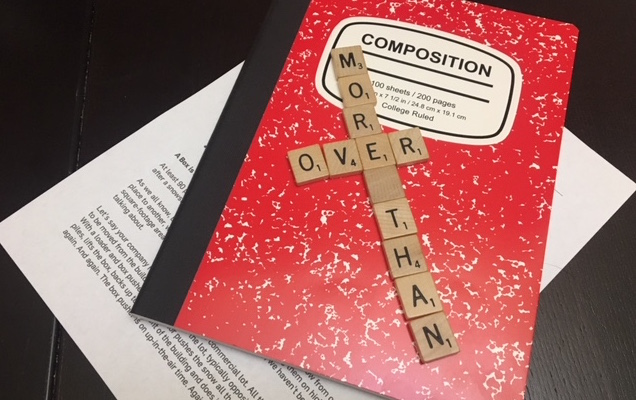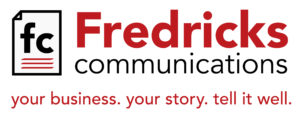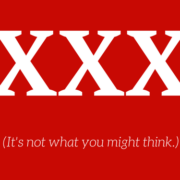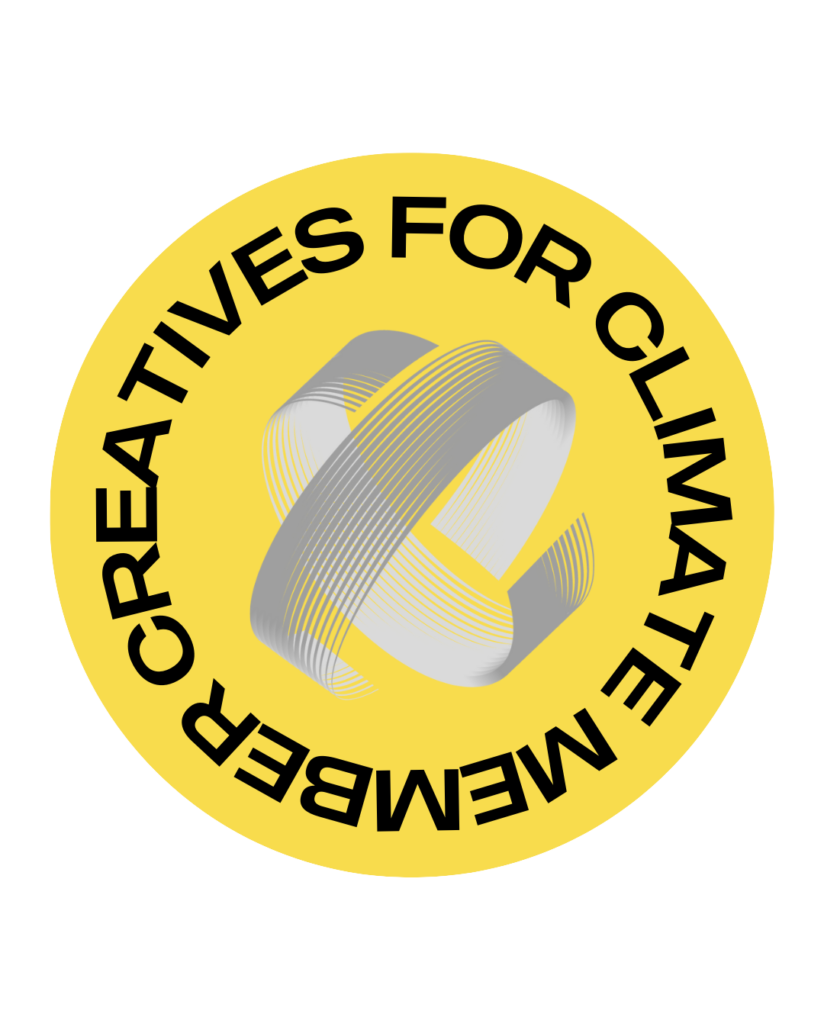
It’s almost over English-major advertising and public relations word dinks* like me can take.
Wait. That makes no sense. Read it again …
I’m over happy to help you understand.
What!?
Blame it on the powers that be – the Associated Press editors – who have buckled to popular application when it comes to using “over” and “more than.” The announcement came during the American Copy Editors Society Conference in Las Vegas in March 2014, where the AP presented this and other changes to the bible for journalists, the AP Stylebook.
Henceforth (but probably not forever, because the language constantly evolves), “over” and “more than” can be used interchangeably.
Almost more than night, we went from strict adherence to the old-guard rule governing the use of “more than” vs. “over” to using the two interchangeably.
OK, so I’m being a bit disingenuous. They didn’t say the two could be used interchangeably for everything, but only when describing quantities. So what was once strictly “more than 50 people” can now be “over 50 people.” What before was strictly “over 10,000 feet higher” can now be “more than 10,000 feet higher.”
Unless you’re a word dink, you probably didn’t realize there was a difference in the first place or you don’t give a rip. But for grammar snobs like me, the weeks following the AP announcement provided some great, cheap entertainment, not to mention consternation.
Here’s a sampling of reactions from hard-core journalists and editors on the Poynter Institute’s blog. The Poynter Institute calls itself “…a global leader in journalism. It is the world’s leading instructor, innovator, convener and resource for anyone who aspires to engage and inform citizens in 21st Century democracies.”
Mike Shor: More than my dead body!
Uriel Heilman: I have put up with this crap for MORE THAN 15 years and I’m glad it’s OVER!”
Robin Loveman: The world, as we know it, is more than.
Adina Solomon: I don’t care. I still like the distinction. This is over I can handle.
You probably didn’t realize there was a difference in the first place or you don’t give a rip. Or maybe you knew there was a difference but didn’t give a rip, anyway. As for me, it’s almost over what I can take. My nuts-n-bolts journalism professor was adamant on this point, as has been every editor I’ve run into since.
Over and under are used for height comparisons:
- The plane was over 15,000 feet in the air.
- The Spartan center towered over the Fliers forward.
More than and less than compared everything else:
- More than 1,000 journalists and editors are protesting the change.
The fact that we can now write, “Over 1,000 journalists and editors are protesting the change,” and be correct drives some of us crazy, and always will. But there’s one point I have to concede; as I always advise other writers, we should write like we speak. And, like it or not, this is how people speak.
At the end of the day, we’ll all just have to get more than it.
* “Word dink” was the phrase my first creative director used in good fun to describe me and what I did. I was the only copywriter in the integrated advertising, marketing and public relations agency at the time. As such, I was the one who provided what the graphic designers called “blah, blah, blah” to their awesome designs. Ergo, word dink.







